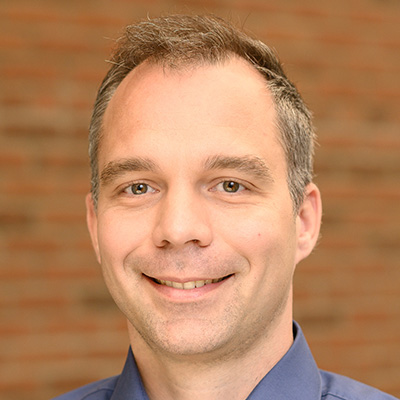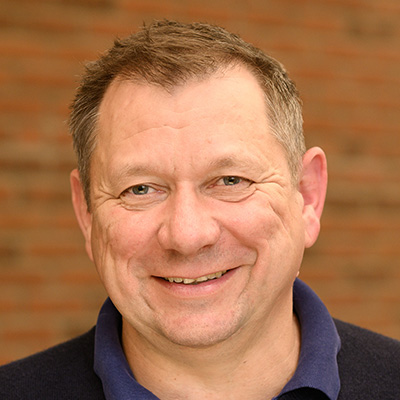Pioneering Digital Transformation in German Grid Expansion – Introducing New Ways of Working in Majo



Presentation Details
Germany has set ambitious climate goals: our country aims to be climate-neutral by 2045. Electricity plays a crucial role in this. Industry, buildings, and transportation are becoming increasingly electrified. To support this, renewable energy sources must continue to be expanded. Since the wind doesn’t blow equally strong everywhere, and the sun doesn’t shine as intensely everywhere, we need a smart power grid that can flexibly connect fluctuating renewable energy sources and ensure a stable and secure electricity supply. A climate neutrality grid that is set to be fully implemented by 2037.
High-Voltage Direct Current (HVDC) transmission projects such as SuedLink play a central role in the energy transition. With a length of approximately 700 kilometres and a transmission capacity of four gigawatts, SuedLink is the largest infrastructure project in this transformation in Europe. To reach the climate goals of Germany the HVDC-Portfolio needs to be extended with more Projects of similar scope.
The three German transmission system operators – 50Hertz, TenneT TSO GmbH, and TransnetBW facing the goal to drive forward the grid of the future together. For the first time, they are integrating so-called hubs into their planning. Based on technological innovation they are laying the foundation for a meshed grid, in Germany and across Europe.
The methods for geoinformation-based collaboration developed and tested within SuedLink are being continuously refined and scaled to be ready for a roll-out in these new projects. This includes:
- Transitioning from “traditional” workflows to collaborative, digital methods and processes.
- Introducing enterprise architectures that represent a modern IT landscape.
- Implementing end-to-end digitalization of business processes across the entire lifecycle of these assets, including supply chains and end users.
